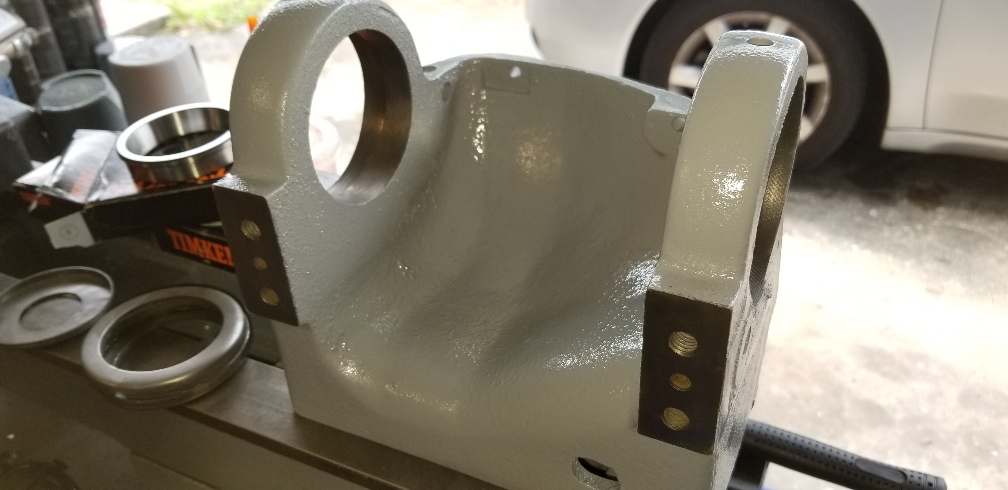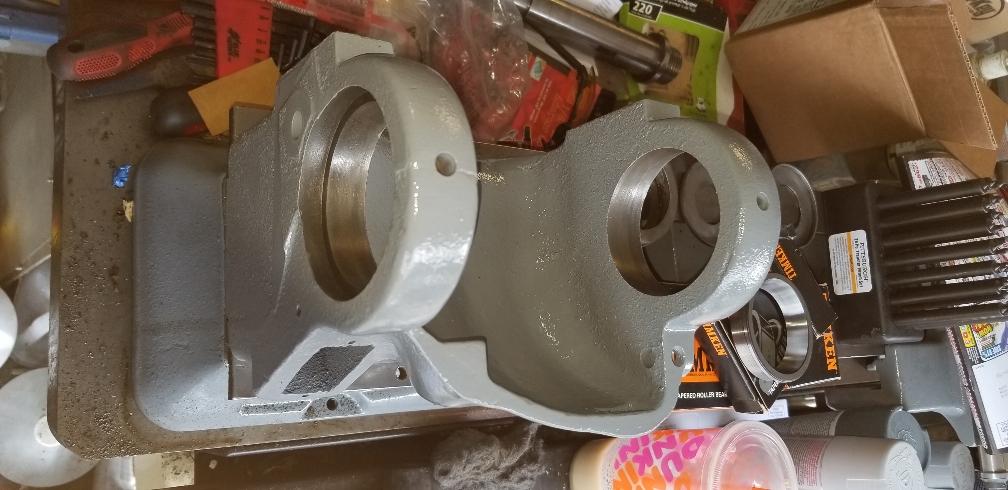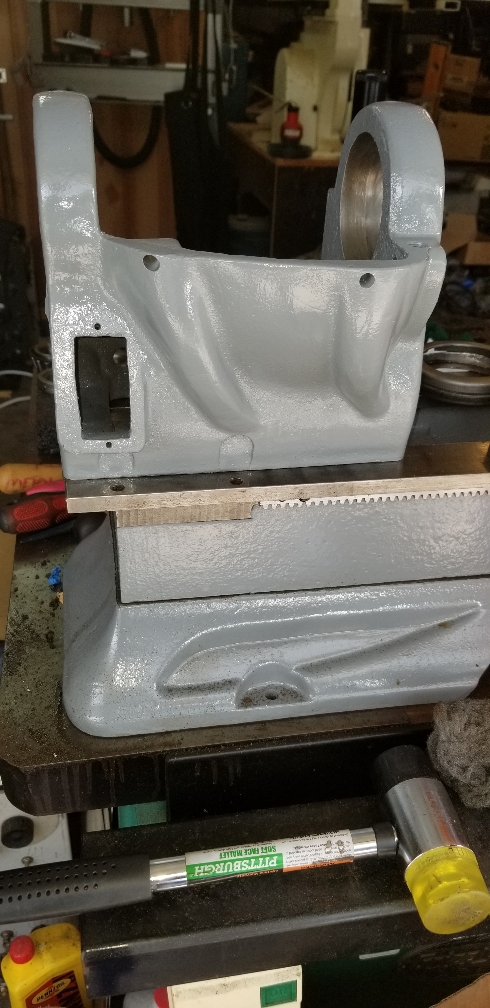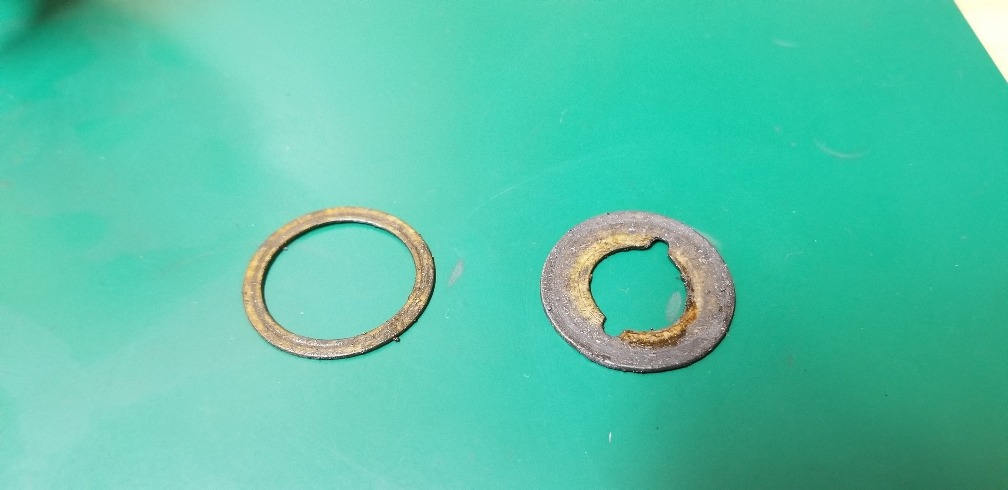Headstock:
Well been busy at work and things slowdown a bit in the garage for it's getting hit now in Florida.
Wanted to share my progress... decide to go with a 10a-2B Timken bearing headstock to replace the original 10D headstock. This was a factor update to the 10D and they also had a partial upgrade that included the casting, spindle, pulley assembly and gears according to what my research found.
You can see the headstock is now repainted and ready for installation.
If you have a atlas lathe with the timken bearings and need to replace the bearings hold onto your wallet for the two bearings and two racers will coast you anywhere from $250-$300. I was able to find them on Ebay and Amazon for around $266 total.
One thing I noticed and a lot of people on YouTube are prying the dust covers off with a screwdriver to disassemble the spindle when replacing the bearings. I don't think this is a good idea for I had to reform the bearing dust covers with my press for my unit came with the bent screwdriver approach. My unit actually had hair in the bearings because of the bent covers!
Simply banging on the spindle with a soft rubber hammer from the change gear side will remove the spindle and bearings. Then you can simply tap the covers out from the inside when the spindle is removed.
Oilers: my original idea was to install drip Oilers in place of the original oil cover/caps. After seeing how the Oilers work it appears that the majority of the applied oil stays between the racers and casting and applying a small portion of oil to the bearings. Actually when I received the headstock one of the Oilers was clogged and no oil was passing to the bearing. I think I will now pack the bearings with NBU-15 grease and not use the oil.
Back soon!!!
Dave
Sent from my SM-N950U1 using Tapatalk





